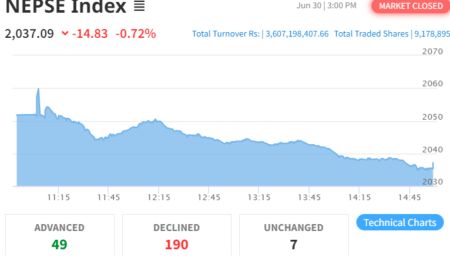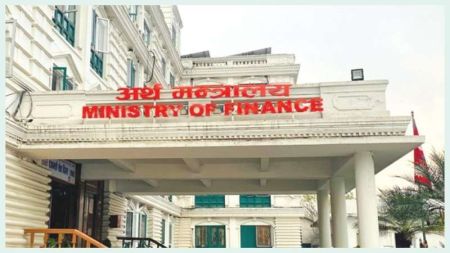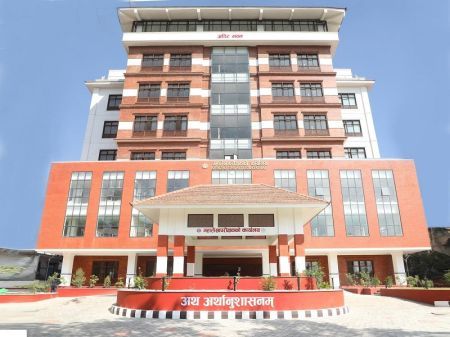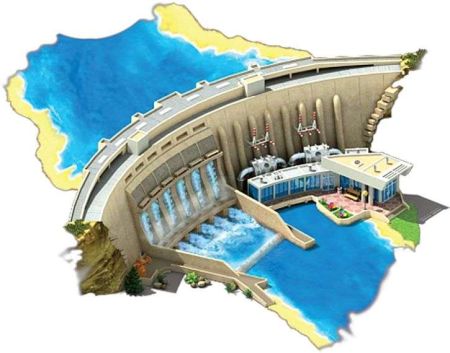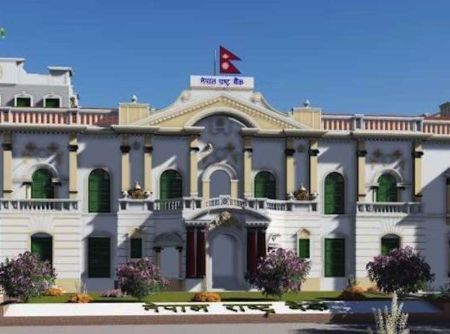KATHMANDU: Nepal Rastra Bank requires banks and financial institutions to provide loans to micro, cottage, small, and medium enterprises (SMEs). Although commercial banks have arranged to transfer 11 percent of their total loans to SMEs by the end of the current fiscal year (FY), more than a dozen banks are unable to meet the specified limit.
According to the data of the central bank, commercial banks have invested an average of 9.43 percent of loans in SMEs as of mid-April 2024. While the average investment is higher due to government banks providing more loans in this area, 13 commercial banks have invested less than 10 percent in the segment. Government-owned Rastriya Banijya Bank, Agriculture Development Bank, and Nepal Bank Limited, as well as Kumari Bank, Citizens Bank, and NIC Asia Bank, have invested more than the stipulated amount in SMEs.
Nepal Rashtra Bank, through its monetary policy for the year 2019/20, mandated commercial banks to invest at least 15 percent of their total loans in SMEs. Even after five years of this mandatory regulation, the investment situation remains weak.
Sunil KC, president of the Nepal Bankers Association, stated that due to the COVID-19 pandemic and the resulting economic slowdown, banks have been unable to invest in micro, cottage, small, and medium enterprises as specified.
"Small and medium industries have been affected the most by the COVID-19 pandemic and economic recession," he said. "Therefore, we have not been able to invest as prescribed by the central bank, and the deadline should be extended."
The central bank initially set a schedule to increase the investment rate to 11 percent by mid-July 2021, 12 percent by mid-July 2022, 14 percent by mid-July 2023, and 15 percent by mid-July 2024. As banks have been unable to meet these targets, the central bank has extended the deadline. According to the provisions of the Unified Directive 2080, banks must extend 11 percent loans to SMEs by mid-July 2024, 12 percent by June 2025, 14 percent by June 2026, and 15 percent by June 2027. Despite the extended deadlines, banks are still struggling to meet the investment targets.
There is a provision that banks can count loans up to ten million rupees and investments made directly to the underprivileged under this segment. Banks can set the interest rate by adding a maximum of 2 percent premium to their base rate for such loans.
Umesh Prasad Singh, president of the Nepal Cottage and Small Industries Federation, stated that banks are not interested in lending to small entrepreneurs. "Banks welcome big borrowers with a red carpet," he said. "Cottage and small entrepreneurs are not their priority."
Officials from the central bank indicated that banks failing to invest as specified would be penalized according to the law.
"To ensure that the bank loans are invested in the productive sector, we have instructed them to prioritize these areas," said Nepal Rastra Bank’s spokesperson Dr Gunakar Bhatt.
"Banks that are unable to deliver the investment will be dealt with according to the rules."




